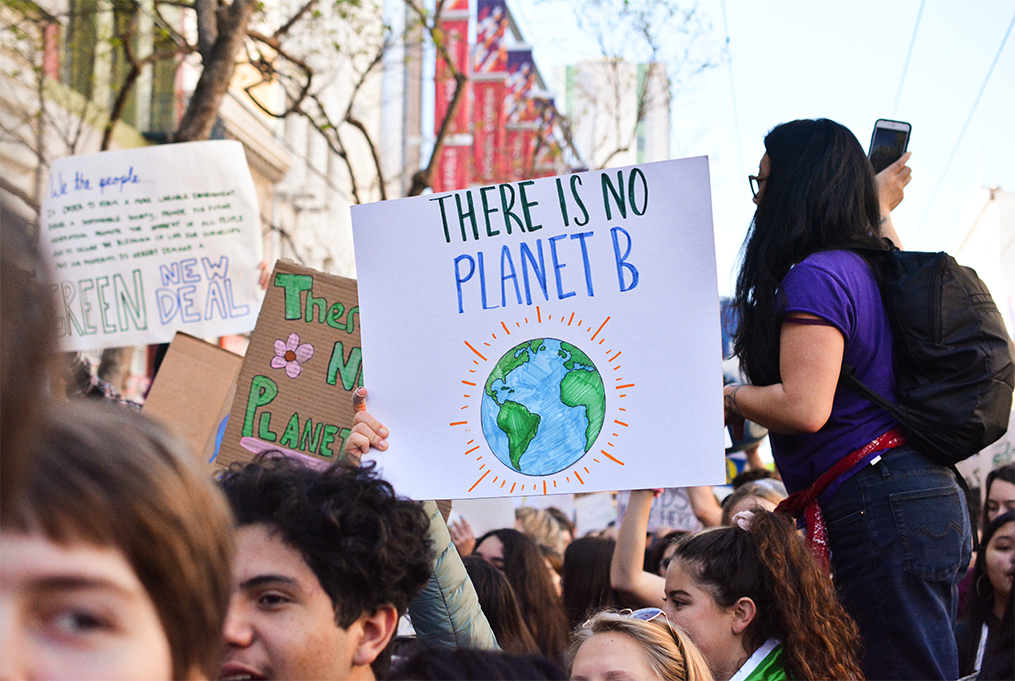
Coronavirus lockdowns have positive effects on the environment
Notoriously dirty, the waterways and rivers in the world look cleaner, the air fresher, the smog
gone, the haze dispersed and the wildlife has filled the open spaces.
The European Environment Agency has drawn up a report in which it analyzed the main
environmental consequences of the global pandemic, which has had a significant impact on
people’s lives worldwide. The COVID crisis is having a direct impact on energy use and
greenhouse gas (GHG) emissions at both global and EU levels.
The transport sector, a key source of GHG, is particularly affected by the crisis. The demand for
passenger transport has declined. These figures point to a significant decline in GHG emissions
from transport in 2020. The WHO estimated that this change has saved 50,000 lives in China (CNN
2020). A particulate matter (PM) called PM2.5 is one of the most dangerous pollutants. After
COVID-19-induced lockdown, the level of PM2.5 has decreased drastically and thousands of lives
have been protected from the worst-case scenario. Recent studies highlight not only the connection
between air pollution and the spread of COVID, but also its ability to remain linked to PM2.5
particles.
It is an encouraging sign, which should lead to the increase and growth of the use of renewable
energy.
Researchers at NASA reported that ozone concentration above Arctic regions of the globe
decreased by around 240 Dobson units on March 12, 2020 compared to ozone concentration in
March 12, 2019. Such low levels are very rare and happen about once per decade.
Reports are indicating that water quality in rivers and water bodies is also improving. In Venice the
water are looking clearer after the two months of COVID-19 lockdown and aquatic life is now
present – it hadn’t been seen for many years in the cities. The closure of factories and commercial
establishments has dipped the pollution level across the globe.
Not only are the land animals returning but even the sea creatures seem to enjoy this break from the
noise and water pollution. Noise levels from shipping traffic are generally 20–200 Hz and disturb
the aquatic life which has decreased by six decibels with a significant reduction below 150 Hz
(GeoNoise 2020).
This recovery of lost environment is an indicator that the environmental degradation caused by
humans is reversible. The COVID-19 pandemic is first and foremost a global health emergency
with severe consequences on health and economy, but it has also brought positive environmental
effects that may serve as an example and inspiration for future behavioral changes that would help
us to bring positive changes to the environment.
Saving the planet is possible, we can still do it!
Let’s take advantage of this unpleasant situation to make changes in our lifestyle for our planet.
Let’s love it
